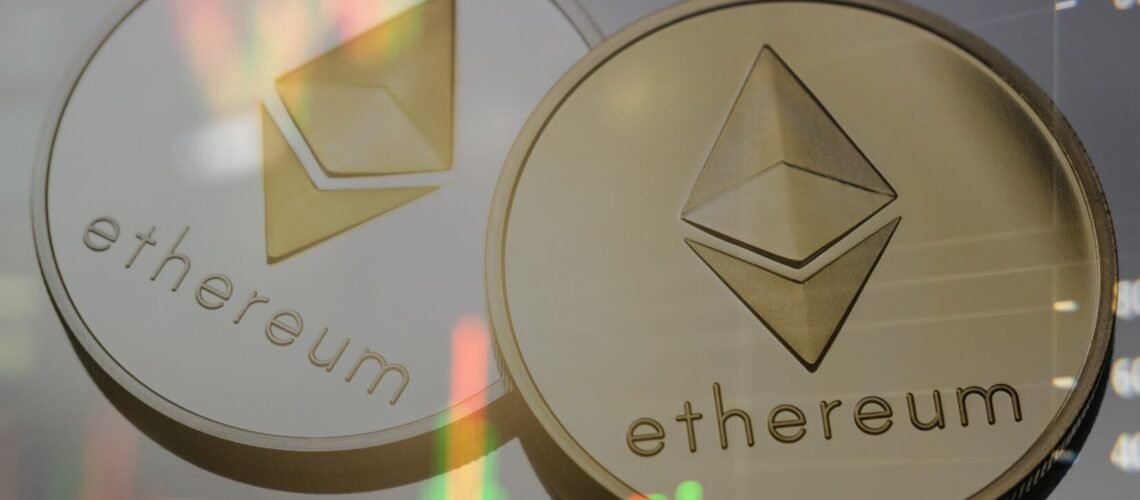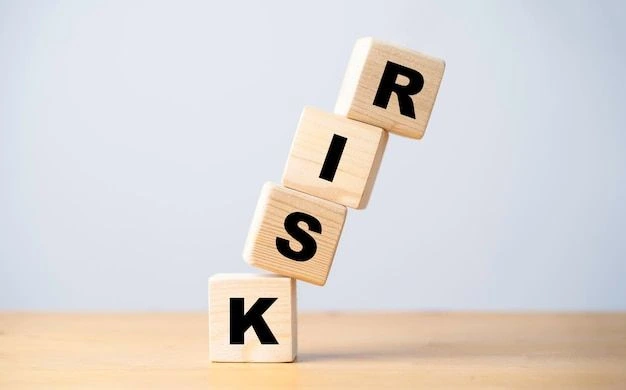Ethereum Staking Singapore: FAQs You Actually Care About
August 19, 2025

Ethereum staking Singapore has gone from a niche thing to something even casual investors mention over coffee. The reason is simple: Proof-of-Stake changed everything. Instead of burning energy on mining, you now just lock up ETH to help keep the network running—and in return, you earn rewards. It’s as close to “set it and forget it” as crypto gets.
In 2025, staking feels less like speculation and more like a steady, slow-burn way to grow your ETH. Annual rewards hover around 3–5%. It’s not crazy high, but it’s consistent enough that people treat it like the crypto version of a fixed deposit.
How does Proof-of-Stake really work?

Credit From: thenewscrypto
Think of Proof-of-Stake like this: the more ETH you stake, the more say you have in keeping the blockchain secure. Validators—basically, people or platforms with staked ETH—get chosen to confirm transactions. Do your job, you earn rewards. Mess up, you lose a slice of your ETH. That carrot-and-stick system is what keeps Ethereum running smoothly.
Most investors don’t bother running their own validator—it’s too technical and requires 32 ETH. Instead, they use exchanges or “liquid staking” services. These platforms handle all the nerdy backend stuff while you watch your ETH earn rewards, and some even give you a tokenized receipt (like stETH) you can still trade.
What’s the deal with MAS regulations on Ethereum staking?

Singapore’s MAS (Monetary Authority of Singapore) isn’t anti-crypto, but they do want to keep things clean. Platforms offering Ethereum staking Singapore need to separate customer funds, follow proper custody rules, and make the risks crystal clear. That means no shady fine print.
If you’re staking through a local platform, check whether they’re licensed or at least exempt under MAS rules. This might sound boring, but it’s the difference between sleeping well and wondering if your ETH is safe.
How much is the typical Ethereum staking yield Singapore investors get?

Don’t expect moon numbers—staking is about slow, predictable rewards. In 2025, yields generally sit between 3% and 5% a year, depending on how busy the network is and which platform you pick. Centralized exchanges take a small cut, while liquid staking tokens can sometimes push returns a little higher.
Here’s a quick comparison to make it clear:
| Method | Minimum | Liquidity | Yield* |
|---|---|---|---|
| Solo validator | 32 ETH | Unstake queue | 3–5% |
| Exchange staking | Small deposits | Platform rules | 3–4.5% |
| Liquid staking | Any amount | Tradable token | 3–4.8% |
These numbers shift as network activity changes.
What are the real risks I should worry about?

The biggest one is price. Your rewards come in ETH, so if ETH crashes, your yield suddenly feels smaller. Then there’s the risk of validators messing up, which could reduce payouts or trigger penalties. Centralized platforms add another layer of trust—you’re betting on their security.
Liquid staking isn’t risk-free either. You’re relying on smart contracts to work perfectly, and we all know bugs happen. The best defense? Spread your staking across a couple of reputable services and don’t put all your ETH in one basket.
Is Ethereum staking Singapore beginner-friendly?

Yes. In fact, it’s probably one of the easiest ways to dip your toes into crypto without staring at charts all day. Most platforms handle everything—setup, validation, payouts. All you do is deposit your ETH and check back now and then to see your rewards.
If you’re new, start small. Learn how the rewards come in, how long withdrawals take, and what fees apply. Once you feel comfortable, you can explore more advanced options like liquid staking or even running your own validator if you hit the 32 ETH mark.

